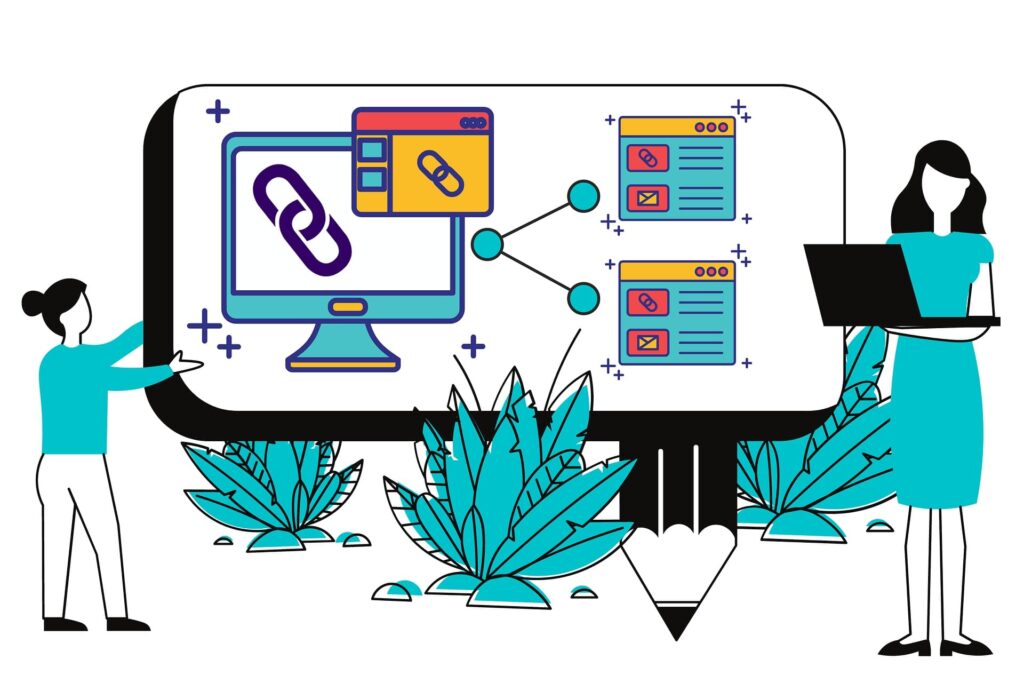Creativity is the ability to create something new and original. It is a process of generating ideas that are both novel and appropriate.
Creativity is a soft skill that can be developed with practice, but it’s also something that people are born with. Some people have a natural talent for creativity, while others need to work at it more.
People who possess this skill can think outside and solve problems in new ways. They can come up with creative solutions to workplace and home problems.
Creative thinking skills may not be valued as much as other skills like communication skills, but they are essential for success in today’s world, where innovation is key to survival.
Quick Links
What is Creative Thinking
Creative thinking is coming up with new and innovative ideas or approaches to solving problems. It involves generating ideas that are novel and useful, and it requires both divergent and convergent thinking.
Divergent Thinking
Divergent thinking is the ability to generate many different ideas or solutions to a problem. It involves thinking freely and openly, without any constraints.
Convergent Thinking
Convergent thinking, on the other hand, is the ability to focus on a specific problem or goal and come up with the best solution. It involves using logic and analysis to evaluate and narrow down ideas.
Process of Creative Thinking
There are three common steps in the creative thinking process. Here is a brief overview of each step:
Generate Ideas
This is the first step in the creative thinking process, and it involves coming up with as many ideas as possible without evaluating or judging them.
This can be done through brainstorming, freewriting, or mind mapping.
Tips:
- Break barriers and what is considered normal
- Look for unusual solutions
- Challenge conventional thinking
- Take the world at face value without analyzing information to decide whether the idea is feasible.
Develop Ideas
In this step, you take the ideas you generated in the first step and expand upon them, adding more detail and refining them into more fully-formed concepts.
Tips:
- Test ideas by looking at what is feasible
- Generate a possible solution
- Test the solution against its feasibility by asking if it is possible and practical to make it happen
- Plan changes to an idea, both functionally and aesthetically, to make it feasible.
- Look at what motivates people to come up with ideas
Evaluate Ideas
In the final step of the creative thinking process, you evaluate your ideas to determine the most promising or feasible ones.
Tips:
- This may involve considering factors such as the idea’s potential impact, the resources required to implement it, and any potential challenges or obstacles that may arise.
- Plan changes to an idea, both functionally and aesthetically, to make it feasible.
- Think about how your idea might affect people’s lives and society as a whole
- Consider who would be the target audience of your idea.
Why Creative Thinking is So Important in Life
Here are ten reasons why creative thinking is so important in life:
First, it helps you solve problems more effectively: Creative thinking allows you to approach problems from new angles and come up with unique solutions.
It allows you to adapt to change: Creative thinking helps you to be more flexible and open to new ideas, which can be particularly important in a rapidly changing world.
It can lead to personal growth: Engaging in creative activities can help you to learn new skills and expand your horizons, leading to personal growth and development.
It can increase your enjoyment of life: Creative thinking allows you to find new ways to enjoy and appreciate the world around you.
It can enhance your relationships: Creative thinking can help you to connect with others in meaningful ways and deepen your relationships.
It can improve your mental health: Engaging in creative activities can reduce stress, improve mood, and boost self-esteem.
It can lead to innovation and progress: Creativity drives innovation and progress and can lead to discoveries and improvements in various fields.
It can make you more competitive: In many fields, the ability to think creatively is highly valued and can give you a competitive edge.
It can improve communication: Creative thinking can help you to communicate ideas more effectively and persuasively. It can also fix writer’s block, the most common problem among content creators.
It can lead to greater personal fulfillment: Creative thinking allows you to express yourself in meaningful ways and can lead to a greater sense of personal fulfillment and satisfaction.
10 Tips on Creative Thinking to Improve Your Productivity
Here are ten tips on creative thinking to improve your productivity:
First, take breaks and give your brain time to rest. This can help improve your ability to think creatively.
Exercise and get plenty of sleep. Both of these can help improve your overall mental function.
Try to think outside the box. Don’t be afraid to come up with unconventional ideas and solutions.
Brainstorm with others. Collaboration can often lead to new and innovative ideas.
Get out of your comfort zone. Doing things that are unfamiliar or challenging can help stimulate creative thinking.
Learn something new. Expanding your knowledge and skillset can help inspire new ideas.
Take on a new hobby or activity. This can help keep your mind active and engaged, leading to more creative thinking.
Avoid multitasking. Focusing on one task at a time can help improve your ability to think creatively.
Don’t be afraid to make mistakes. Mistakes can often lead to new ideas and solutions.
Keep an open mind and be willing to consider new ideas and perspectives. This can help improve your ability to think creatively.
Creative Thinking Techniques
Here are ten creative thinking techniques that may be helpful for people who struggle with coming up with ideas:
Brainstorming: This involves generating as many ideas as possible in a short time without evaluating their feasibility or quality. We can also use the same technique to get an idea for blogging or content creation.
Mind mapping involves visually representing your thoughts and ideas, using lines and branches to connect related ideas.
SCAMPER: This acronym stands for Substitute, Combine, Adapt, Modify, Put to another use, Eliminate, and Reverse. It involves considering these different actions as ways to develop new ideas.
Six Thinking Hats: This technique involves looking at a problem from six different perspectives: white (neutral and objective), red (emotional), black (critical and analytical), yellow (optimistic), green (creative and innovative), and blue (overview and planning).
The 5 Whys: This involves repeatedly asking “why” to get to the root cause of a problem. This can help identify underlying issues and come up with potential solutions.
Random word association involves generating ideas based on a randomly chosen word.
Free writing: This involves writing continuously for a set amount of time without worrying about grammar or structure.
The lateral thinking puzzle involves solving a problem in unexpected or unconventional ways.
Forced relationships: This involves trying to find connections between unrelated things or ideas.
The 30 circles technique involves drawing 30 circles and filling each with a word or phrase related to the problem or topic at hand. This can help generate a wide range of ideas.
The Delphi technique involves gathering input from experts or stakeholders through anonymous surveys or roundtable discussions and then using that input to identify potential solutions.
The set-break: This technique involves intentionally setting aside a problem and coming back to it with fresh eyes and a new perspective.
Reverse thinking: This technique involves considering how you would solve a problem if the opposite were true, which can help you generate unconventional ideas.
Analogies: This technique involves comparing an unfamiliar problem or concept to something more familiar to understand it better and generate new ideas.
Use Software and AI Tools: Various AI Tools and software generate ideas. For example, AI Rytr or Chat GPT.
Bottom Line
Creative thinking is a process that allows one to generate new ideas, solve problems and come up with innovative solutions. It is the ability to think outside of the box.
Creativity is not just the ability to come up with new and novel things but also involves people’s ability when they are in an artistic field or creative endeavor. For example, artists or musicians have a high level of creativity because they have innate skills in their specific fields.
Creative thinkers have many techniques they can use to generate new ideas. One such technique is brainstorming, where people get together and quickly throw out as many ideas as possible.
Another technique is the six-step creative thought process, which includes preparation, incubation, insight, evaluation, implementation, and confirmation.
Some people believe that creativity is an innate quality that some people are born with, while others have to work hard. Others believe creativity can be learned by following certain techniques like brainstorming or using the six-step creative thought process mentioned above.
Sharing is Caring

























